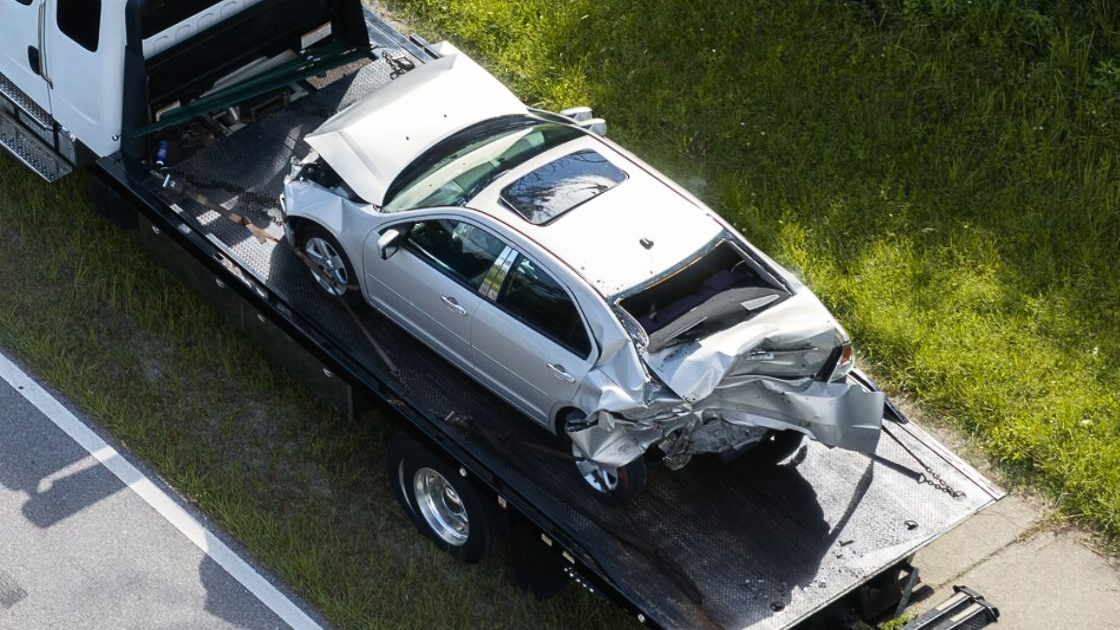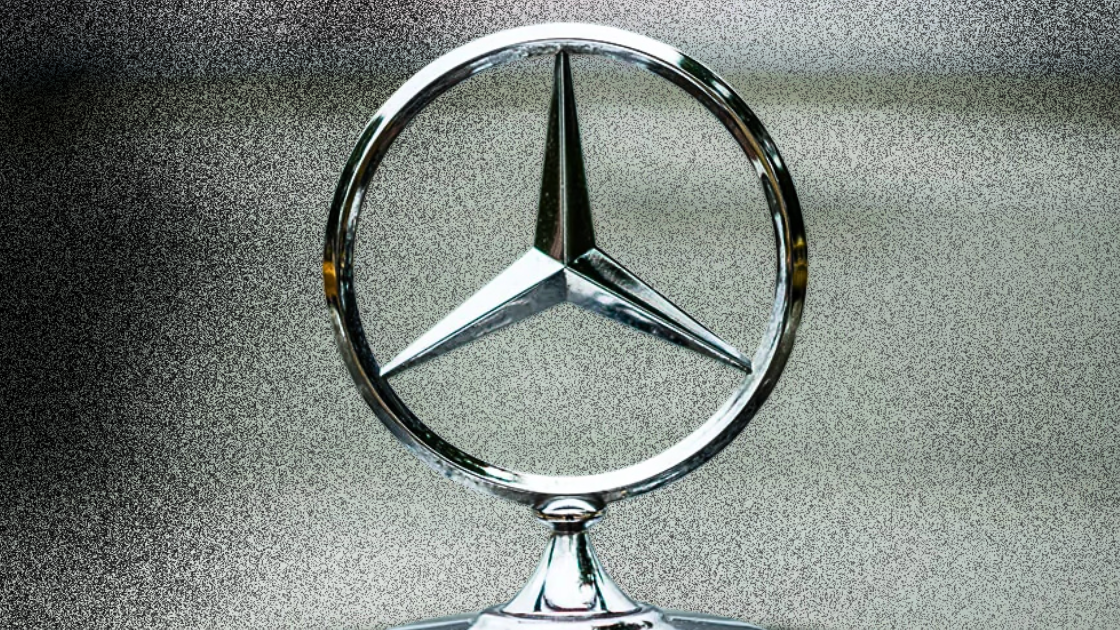
Presented by:
Hey everyone,
Reminder! We’re throwing our second annual party in Las Vegas during NADA 2026!
Will be attended by top dealers, industry leaders and several special guests.
Space is very limited but we’ve opened up a waitlist here.
Big shoutout to Impel and CallRevu for their support of the event!
Can't wait.
— CDG
First time reading the CDG Newsletter?
Welcome to The Breakdown, an analysis of auto retail’s top trends, moves, and insights—in under 5 minutes.

Margins are thinning, car shoppers are behaving differently, and for the first time ever, average new vehicle transactions crossed $50,000.
Which means that vehicle pricing will likely be the single most important lens for estimating dealer profitability in 2026 and beyond.
So, I invited a panel of dealers on the Car Dealership Guy Daily Dealer Live Show, to finally settle the dealership pricing debate: one-price, negotiation-based, or something in-between?
But instead of crowing a winner, these dealers did something way more useful. They exposed the wins and trade-offs of each approach.
And here are the sacrifices they're willing to live with...

Strict one-price selling: Customer retention at the expense of F&I penetration.
Mark Miller Subaru started the one-price model over a decade ago. No negotiations, no rate markups, no dealer reserves, and no manager exceptions (F&I too). At 60 days old, used inventory gets liquidated with zero flexibility.
The results: Close rates jumped from 25-28%, to 42%, transaction times dropped to 30 minutes, and employee turnover is virtually non-existent, according to CEO Jeff Miller.
However, Jeff's Subaru store averages $1,600 in F&I PVR, which is under the industry average. See, usually F&I managers have significant flexibility to adjust financing terms, package products, and negotiate add-ons to maximize profits. They can "work the deal" by tailoring offers to the customer's needs and specific demands. But Jeff's store doesn't do that. He's locked into his pricing structure.
And he doesn't budge from it.
Instead, Jeff is riding a never-ending wave of repeat customers that allow his store to maintain front-end gross margins that are competitive with his 20 Group.
"Once you're on one-price for multiple years, and you get those customers coming back. Then, they know who you are," he said. "They know what you're going to do. They walk in the door and say, 'I'll take the green one—write it up.'"

Jeff Miller
A quick word from our partner
Total retail sales are up YoY.
But average vehicle prices continue to rise, discounts remain low and monthly finance payments are at record highs, according to the latest J.D. Power data.
How can automakers and retailers prepare to succeed in 2026?
Registration is open for the 2026 J.D. Power Auto Summit! The premier automotive retail event of the NADA Show is headed to the Wynn Las Vegas this February 3, 2026.
Register today to save $100 with code CDG100.

Traditional negotiation: Margin control at the expense of buyer convenience.
Sir Walter Chevrolet operates like most dealerships in America. Sales are negotiable and finance managers sit in the sales tower so they can get involved early, keeping F&I penetration on the higher side around 50%.
Which matters in Raleigh, North Carolina, where there are 21 other Chevy dealers, each with 40 black Silverados. The product is identical. Making human connection the primary differentiator.
The catch: Dealership personnel and car buyers often spend hours grinding on price and payments which can weigh down the overall experience.
So Dealer Principal Matt Birckhead prioritizes twice-weekly training sessions, daily meetings, trade-walks, and immediate video responses to customers.
"When you do those things the right way, and when you take care of your employees and make sure they don't miss Johnny's football games on Saturdays, regardless of what target you're chasing...”

Matt Birckhead
"When you do those things daily, and you build the culture the appropriate way, you can have all the attributes of a one-price store, yet still give room to negotiate and not feel like you have to play the game just because you're holding the line," he explained.

The hybrid approach: Volume growth at the expense of brand clarity.
Roper Kia honors website pricing with zero extra fees. But managers have some discretion in other areas (i.e., General Manager Tustin Ulrich won't let an $85 floor mat derail a deal).
See, Tustin serves Southwest Missouri farmers who expect more "old-school" negotiation, as well as VIP buyers who want speed, and a top-tier customer experience. And it makes sense. Serving everyone captures more market share than picking a single lane.
Tustin also uses dedicated F&I managers instead of having salespeople handle cradle-to-grave.
His reasoning: Asking a worn-out salesperson to also sell F&I products like VSCs and GAP insurance is brutal. A fresh F&I manager walks in without the baggage and converts better.

Tustin Ulrich
And it's paying off. Sales volume is up 28% and VSC penetration is averaging 62%.
But here’s the catch: The store's high‑touch, hybrid process defies easy definition, and advertising algorithms don’t often reward nuance.
AI as the "wild card" that could upend all of these models much faster than we might realize.
AI doesn't care which pricing model dealers chose. Those platforms surface whatever shows up in Google reviews, on websites, and social media profiles.
And for the first time, stores can execute perfectly, run disciplined pricing, and build killer guest experiences, but still get bypassed by shoppers who never see their offer.
So, the real strategic question isn’t which pricing model performs the “best” in theory—it’s which one holds up when an AI, acting as the new gatekeeper, decides what customers find.
But what do you think? Will AI turn out be a massive vehicle pricing disruptor? Hit Reply to this email to let me know.
Missed yesterday’s episode of Daily Dealer Live?
Presented by:
Shepherd on path to GM, Egan on closing deals with AI, Carlstedt on auto techs
Featured guests:
Jacob Shepherd, Dealer Principal of Chevrolet of Troy
Bill Egan, Vice President of Product at automotiveMastermind
Ryan Carlstedt, EVP of Fixed Operations at Willis Automotive Group
This week on the

30 days in: How Phil Pecoraro’s 26 years are powering his first store launch + hard lessons learned
Shout out to CDK Global, fullthrottle.ai, and Nomad Content Studio for making this episode possible!
Stream now on:
Unveiling LotGPT: Automotive’s first dealer-facing chat tool—and 7 problems it solves
Shout out to OPENLANE, Amazon Autos, and Lotlinx for making this episode possible!
Stream now on:





















